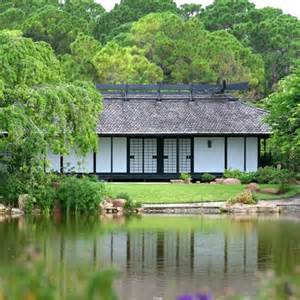May 19 2018 - Aug 5 2018
Morikami Museum and Japanese Gardens
Delray Beach, FL
During the Edo period (1600-1868), itinerant acrobats began to incorporate spinning tops into their performances, balancing them on the blade of a sword or on a fan. As this novelty grew in popularity, more and more artisans began to make tops for individual use or as ornaments. The tops became known as Edo-goma, referring to the city of Edo (now Tokyo). These clever and amusing devices became so coveted by the aristocracy that the style of the tops available to more modest classes was restricted by governmental edict. Like other visual artists, top makers found creative ways to maneuver around censorship such as designing a wider variety of Edo-goma and incorporating some of the same slyly subversive characters seen in paintings and prints of the time.
The Edo-goma included in this exhibition were all created by Hiroi Michiaki (b. 1933), a fourth generation maker of Edo-style tops. After a childhood spent in Tokyo, Hiroi moved to Sendai where he established himself as an independent artisan, learning and teaching the craft of traditional Edo-goma. Beautifully turned out of wood and meticulously painted, each top is a wonder of design and kinetic engineering. In addition to standard tops, the subjects of Hiroi’s work include gods, priests, folklore heroes, mythological beasts, and humans engaged in whimsical repetition. According to the artist, his intent is simple: to entertain and share the joy he feels in creating Edo-goma.
We are grateful to Janell Landis who generously donated this unique collection of Edo-goma to the Morikami Museum. Landis taught at Miyagi Gakuin University in Sendai, Japan for thirty years. In 1981, she was introduced to Hiroi Michiaki and became his only non-Japanese and female apprentice. Over the course of nearly ten years, Landis collected more than one hundred of Hiroi’s tops. By displaying a selection of these delightful creations alongside the paintings in Unexpected Smiles, we can demonstrate another dimension of shared visual humor that connected Edo-period artists and viewers, reinforcing the comedic impact.
Credit: Exhibition overview from museum website
Exhibition Venues & Dates
May 19 2018 - Aug 5 2018
Morikami Museum and Japanese Gardens
Delray Beach, FL
